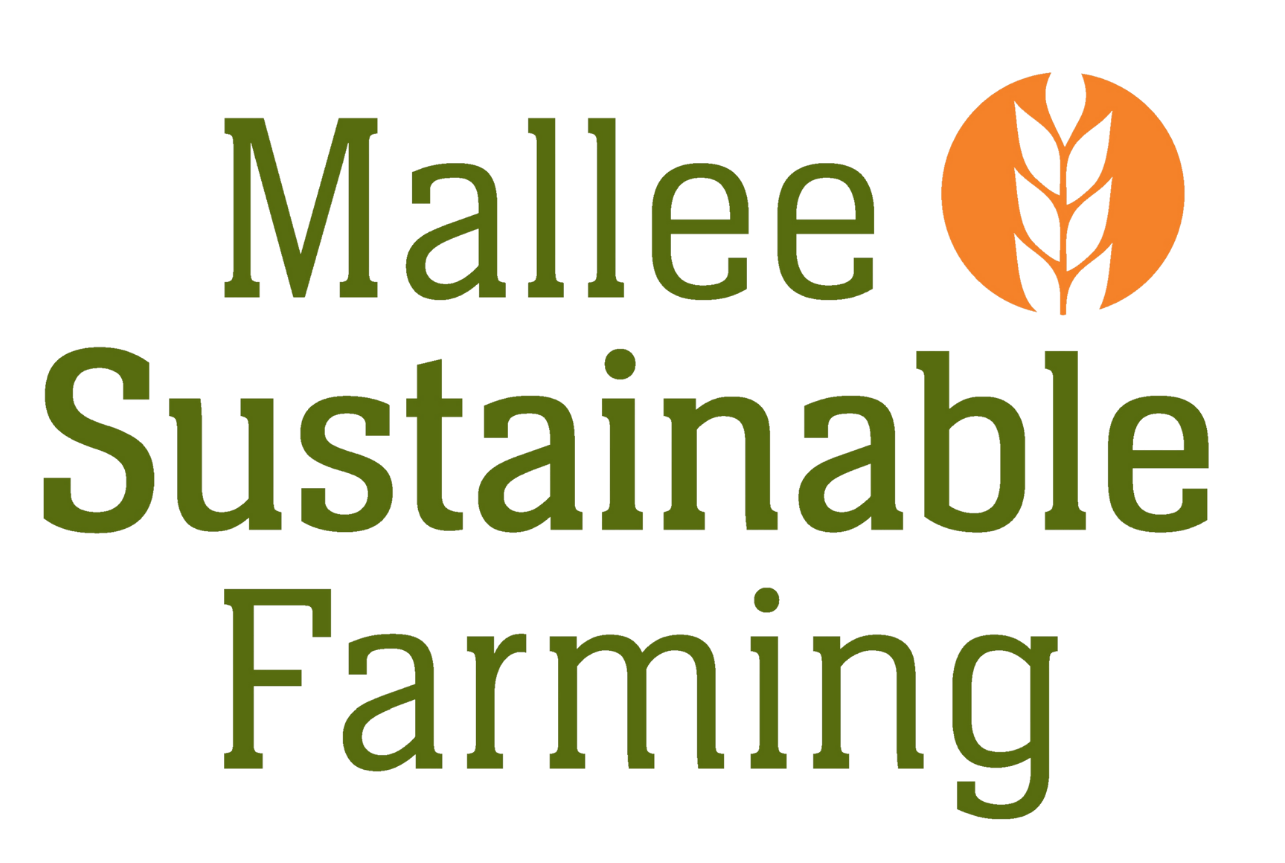
As the 2025 season kicks off, growers across the Mallee are weighing every input decision carefully. Following a dry 2024, there’s real pressure to cut costs—without cutting corners.
In this week’s MSF Farm Talk podcast (dropping Thursday), we hear from soil fertility specialist Dr Sean Mason, Agronomy Solutions, who recently presented at the Mallee Research Updates. Sean shares timely advice on how to improve fertiliser efficiency, make the most of existing nutrient bands, and adjust strategies to ensure you’re getting value for every dollar spent.
Here’s a snapshot of the key messages from the podcast to help set up your paddocks for success:
✅ 5 Smart Moves to Improve Fertiliser Efficiency in 2025
1. Know which soils are nutrient responsive—and which aren’t.
After a tough year, cash flow is tight. Sean urges growers to identify zones where fertiliser inputs deliver a return and where they don’t. That includes both nitrogen and phosphorus decisions.
2. Use your data layers.
Free tools like Google Earth and NDVI, plus your own yield and protein maps, can reveal how your paddocks have performed over time. These layers are crucial for zoning and guiding smarter soil testing.
3. Understand phosphorus buffering index (PBI).
Mapping your PBI once can pay off for years. High PBI soils tie up phosphorus, so applying more—or placing it more strategically—may be necessary. Conversely, low PBI soils might already have enough in the bank.
4. Be strategic about sowing placement.
If last year’s P is still sitting in the row, sowing close to last year’s furrow—particularly in high PBI soils—can give this year’s crop a better shot at tapping into it. It’s a small shift that could deliver big gains with some growers achieving this by sowing at a 5 degree angle. It is also important to note, the potential for extra disease pressure with on or near row sowing which needs to be considered.
5. Protect your roots—especially in pulses.
For lentils and other sensitive crops, excess fertiliser in dry soils can prune roots and limit nutrient access. Sean recommends keeping rates below 50kg/ha of MAP and considering splitting seed and fertiliser or broadcasting to avoid seed damage.
🎧 Want more detail?
Don’t miss the full podcast episode with Sean Mason, dropping this Thursday. It’s a must-listen for growers looking to reduce cost of production, make confident nutrient decisions, and get the most out of every rainfall event.
Proudly supported by the Murraylands and Riverland Landscape Board through funding from the landscape levies.











